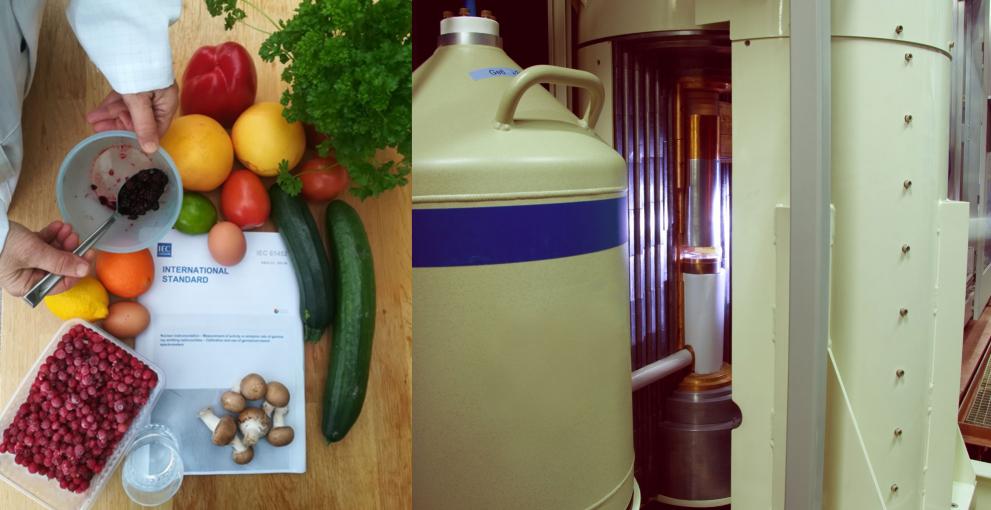
Monitoring of radioactivity in the environment is increasing in importance with the aims of
- Protecting the citizens against dangers of ionising radiation
- Enabling scientists to understand natural and industrial processes better
- Establishing baseline values of radioactivity to enable monitoring of accidental radioactivity discharges and their radiological impact.
Today, the workhorse in all radioactivity laboratories for such work is the High Purity Germanium detector (HPGe-detector). It was conceived in the 1960s. In recent years, these detectors improved through new great developments in the complex process of producing high purity germanium. Therefore, the number of detectors in laboratories has increased drastically and there was a need to revise the outdated international standard IEC 61452 of 1995 on the operation and calibration of such detectors.
JRC contributed to Working Group 9 of the IEC Technical Committee 45 on nuclear instrumentation, in charge of revising this standard. The revised standard IEC 61452:2021 includes five figures from data recorded with gamma-ray spectrometers in the JRC radionuclide metrology laboratory and in the underground laboratory HADES.
Related Content
Sources
Details
- Publication date
- 18 February 2022
